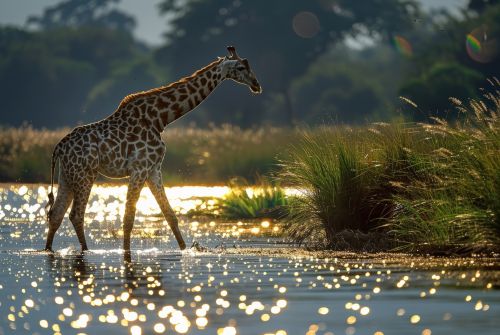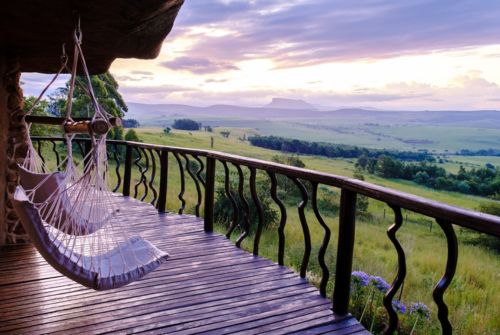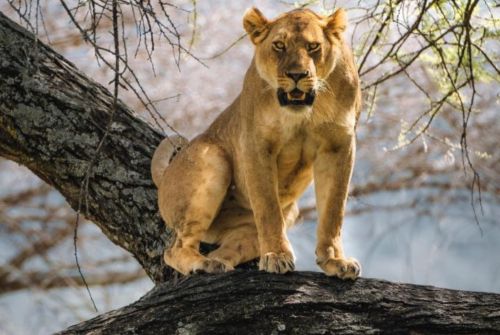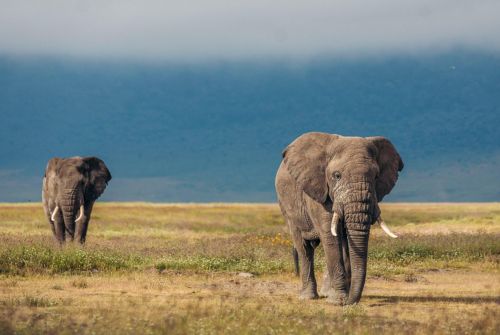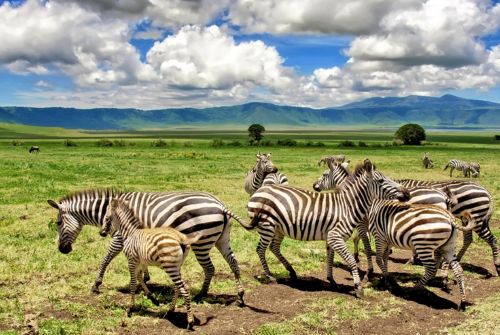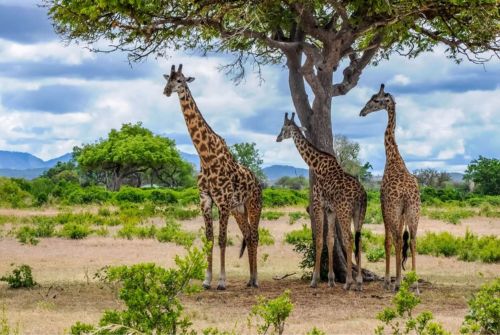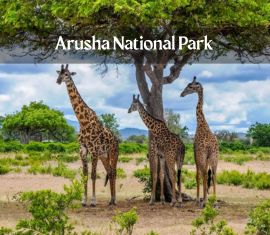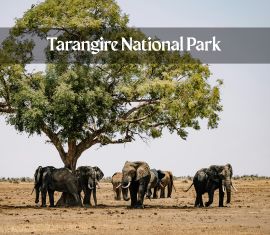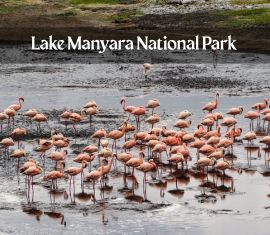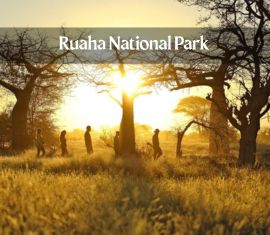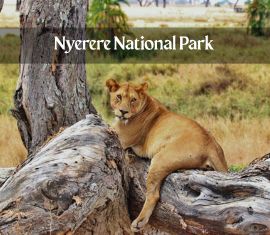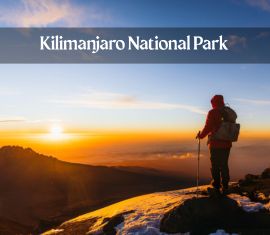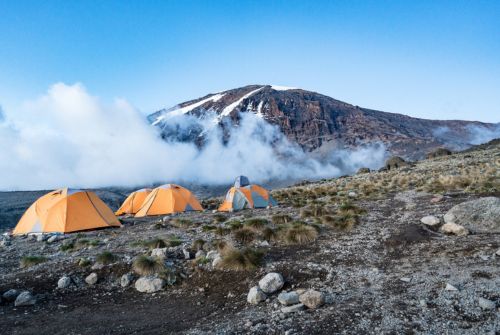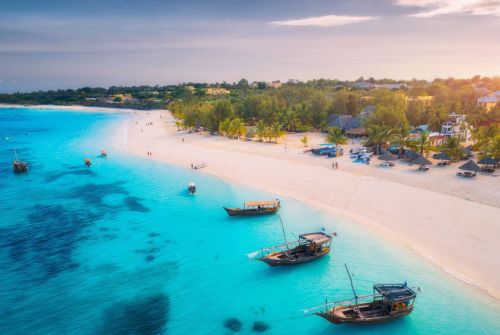Unlike other safari destinations, Tanzania is accessible all year round. Our safari experts will advise you the best itinerary based on your safari dates. The dry season (from late June to October) is the most popular time for the Tanzania safari – mostly referred as a high/peak season. During this dry season, many people flock here for a chance to witness huge herds of wildebeest and zebra crossing the Mara River — panic ensues as they try to avoid the jaws of crocodiles and other predators waiting to pounce. The Great Migration is Tanzania’s headline attraction. One important thing to bear in mind, however, is the crowding that can occur in certain parks during these favorable periods.
From mid-December to early March is also a popular time to travel to Tanzania – the green season, and can be a spectacular time to visit, with the herds generally attracting a lot of predators and some real wildlife drama! Get ready to witness the Great Migration herds with their newly born calves take their first few steps. The chances for short rains may be presentable during this time of the year.
Should you wish to avoid the crowd, consider visiting Tanzania during the low season, usually from mid-March to early June or the month of November. Generally, the roads are good, well maintained and still very much passable even during the rains. However, it can get a little difficult if you want to travel to really remote areas during this period because of the rains. Some wildlife may be difficult to spot due to the long grasses in the parks and heavy rains, but for those who dream of nature at its best, it is a fantastic time.

